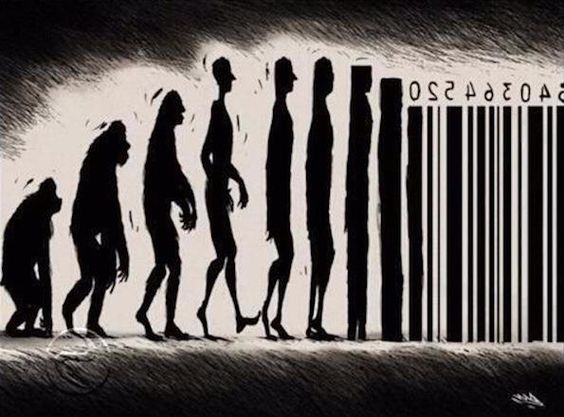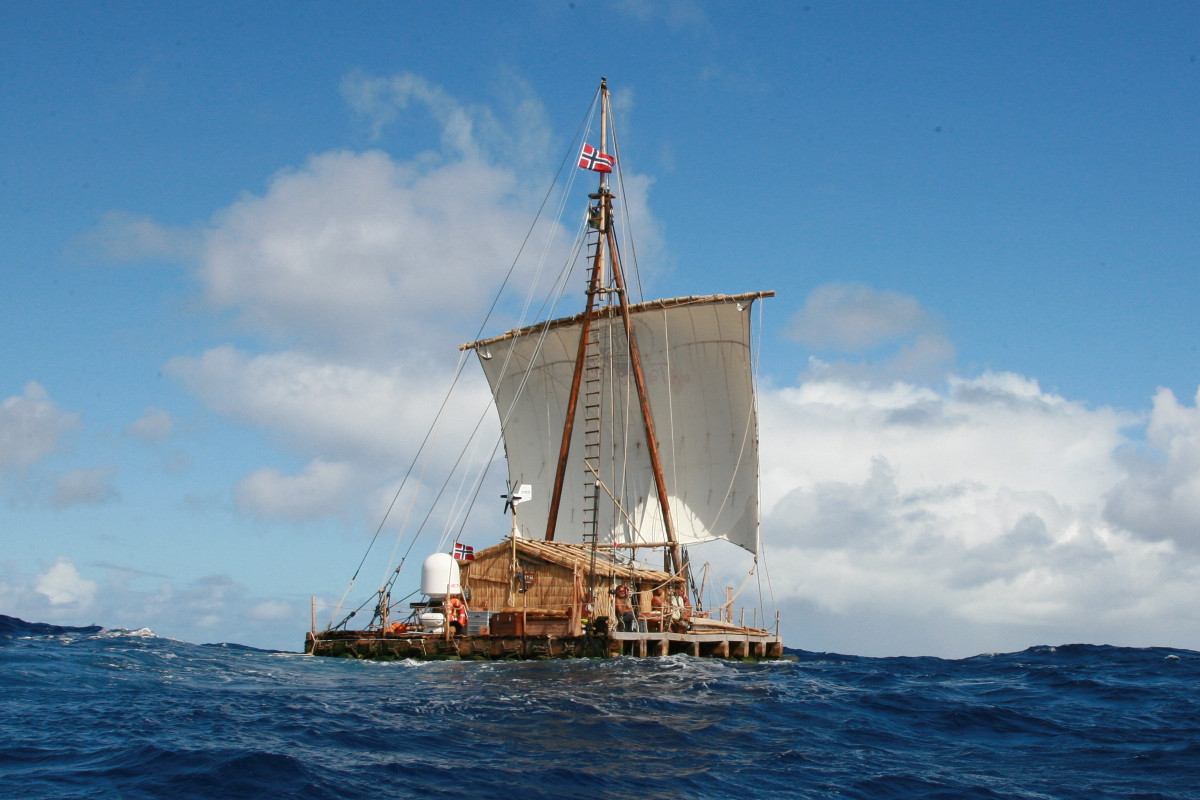The Tangaroa Expedition

Food for Thought
23 posts
Tangaroa is the Māori god of the sea and is the son of the Sky and Earth. Tangaroa is in antagony to Tānem the god of birds, trees and humans, the Māori thinking of the ocean and the land as two dimensions that are in opposition. This is why before any fishing or travel expedition they had to make offerings to the god Tangaroa in order to appease him and have a safe journey through his domain.

Tangaroa is also the name for an expedition made in 2006, a replica expedition of the famous Kon-Tiki expedition. The earlier Kon-Tiki expedition of 1947 started in Callao, Peru and ended in the Raroia Atoll (the balsa raft got stuck on a reef there) after a journey of 6980 kilometers in 101 days. The Tangaroa expedition started in Ecuador and ended in Raiatea in the French Polynesia which is not far from the Raroia Atoll - the journey took 30 days faster than the original 101 days. The time record of the newer expedition is credited to the proper use of quara boards in navigation - in the documentary that I will link below you can see the exact process.
The six-man crew of the Tangaroa included the grandson of Thor Heyerdahl, one of the members of the original expedition.
Why is the Kon-Tiki expedition, and later on Tangaroa, important? Thor Heyerdahl wanted to prove his theory that people from South America could have settled Polynesia in pre-Columbian times so in the making of the Kon-Tiki raft were used materials and technology that were known at that time in that part of the world.
So, did South Americans really managed to cross vast stretches of water and did they interact with the inhabitants of the Polynesian islands? Genetic tests seem to confirm this, a test conducted on the Rapa Nui people of the Easter Island shows that there is a South American component in their DNA's dating from about 1280 to 1495, the genetic thumbprint is small hinting to a low level interaction between the two populations.
Tangaroa Video Documentary link here
Part of 23 in
Food for Thought